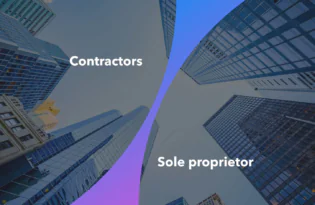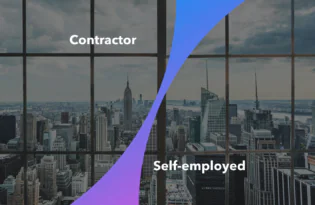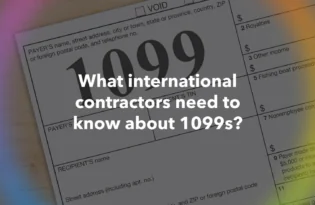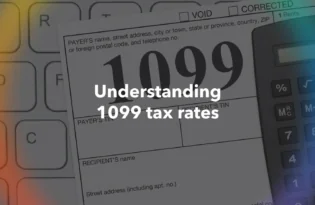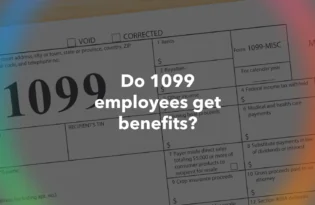Phishing and identity theft: what you need to know and how to stay alert
“Phishing” is when someone tries to contact you pretending to be from a legitimate organization (Payoneer, in our example), and asks you to provide sensitive account information, in an attempt to access your account without your authorization. Here’s what you need to know about phishing and what you can do to prevent it. Signs you may…
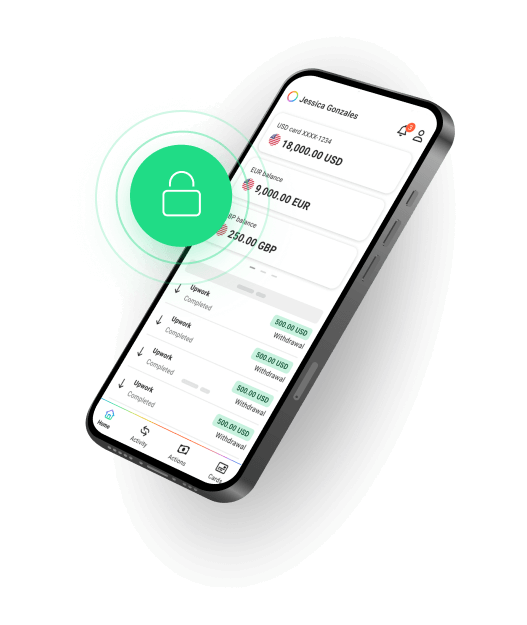
“Phishing” is when someone tries to contact you pretending to be from a legitimate organization (Payoneer, in our example), and asks you to provide sensitive account information, in an attempt to access your account without your authorization. Here’s what you need to know about phishing and what you can do to prevent it.
Signs you may have received a phishing email:
If you receive an email from a website or company urging you to provide confidential information, such as a password Credit Card details or Social Security number, you might be the target of a phishing scam. But when you are using an online financial service like Payoneer, it can be hard to tell the difference. The tips below can help keep you safe against phishers.
- Unofficial “From” address. Look out for a sender’s email address that is similar to, but not the same as, Payoneer’s official email address. Fraudsters often sign up for free email accounts with company names in them (such as “PayoneerCustomerCare@yahoo.com”). These email addresses are meant to fool you. Official emails from Payoneer always comes from an “@payoneer.com” email address.
- Urgent action required. Fraudsters often try to get you to react immediately to an email message. Yes, sometimes Payoneer asks for personal information to ensure your account security (the irony isn’t lost on us); however, it’s important to be wary of emails containing phrases like “your account will be closed,” “your account has been compromised,” or “urgent action required.” If you have received an email like this, please contact check the links and or URLs. If in doubt, contact Customer Care.
- Nameless greetings. Fraudsters often send bulk emails based on an email list they acquired or purchased. when you sign up to Payoneer, we ask for your name, and that means we use it in our emails. Be skeptical of an email sent with a generic greeting such as “Dear Customer” or “Dear Member”.
- Link to a fake web site. To trick you into disclosing your username and password, fraudsters often include a link to a fake website that looks like (sometimes exactly like) Payoneer”s login page. This is a particularly deceptive approach and requires you to be savvy before entering your details.
Can you spot the problems with these phishing examples?
Example phishing email
- For starters, there’s no greeting. That’s just not our style!
- Additionally, our buttons work! If you see an email with a button AND an additional URL option, contact Customer Care.
- Next, (we have to admit that these fraudsters were clever!) – they typed out a URL that looks fine, but if you mouse over it, you can see that the location of the actual URL is different! Notice that the real version has “.pl/” after Payoneer.com, which means that it’s actually a different domain. All Payoneer URLs will be formatted as follows: https://www.payoneer.com/information. There is always a forward slash after “.com”, and the next information should be the name of the page.
Phishing link vs Payoneer secure link

- Payoneer’s login pages are secured by https, the secure version of http, meaning that all communications between a user’s browser and Payoneer’s website are encrypted. If a user’s taken to a Payoneer login page that ISN’T https-secured, something’s amiss and users should take caution.
If you have any other tips to share or have any questions, please contact the Payoneer support team. We are available via email, live chat, phone, Twitter, and Facebook to answer your questions.
Related resources
Latest articles
-
Contractors vs sole proprietor: Understanding the difference
Learn the differences between an independent contractor vs sole proprietor, including their tax responsibilities, business model, and more with our guide.
-
A guide on how to convert a 1099 contractor to a W-2 employee
Learn how to convert a 1099 contractor to a W-2 employee, with key steps on reclassification, legal factors, salary, benefits, and taxes.
-
A guide to filing 1099 for foreign contractors
A comprehensive guide to filing 1099 for foreign contractors, types of 1099 forms, and other alternative forms for hiring foreign contractors
-
The difference between an independent contractor and a subcontractor
Understand the Difference between an independent contractor and a subcontractor with this guide.
-
Understanding the importance of compliance in contractor management
Read our step-by-step guide on understanding the importance of compliance in contractor management, legally and efficiently, complete with compliance tips.
-
Contractor vs self-employed: How are they different?
Learn more about how to classify independent contractor self employed workers. Know how each role differs in taxes, control, benefits, and much more.
Disclaimer
Nothing herein should be construed as if Payoneer Inc. or its affiliates are soliciting or inviting any person outside the jurisdiction where it operates/is licensed to engage in payment services provided by Payoneer Inc. or its affiliates, unless permitted by applicable laws. Any products/services availability are subject to customer’s eligibility. Not all products/services are available in all jurisdictions in the same manner. Depending on your eligibility, you may be offered with the Corporate Purchasing Mastercard, issued by First Century Bank, N.A., under a license by Mastercard® and provided to you by Payoneer Inc., or the Payoneer Business Premium Debit Mastercard®, issued and provided from Ireland by Payoneer Europe Limited under a license by Mastercard. The Payoneer Business Premium Debit Mastercard® cannot be used at merchants or ATMs in Hong Kong or for HKD payments. If you are located in the EEA, all Payoneer Services will be provided to you by Payoneer Europe Limited, trading as Payoneer and regulated by the Central Bank of Ireland.
The information in this document is intended to be of a general nature and does not constitute legal advice. While we have endeavored to ensure that the information is up to date and correct, we make no representations or warranties of any kind, express or implied, about the completeness, accuracy, reliability or suitability of the information. In no event will we be liable for any loss or damage including without limitation, indirect or consequential loss or damage, or any loss or damage whatsoever incurred in connection with the information provided.
